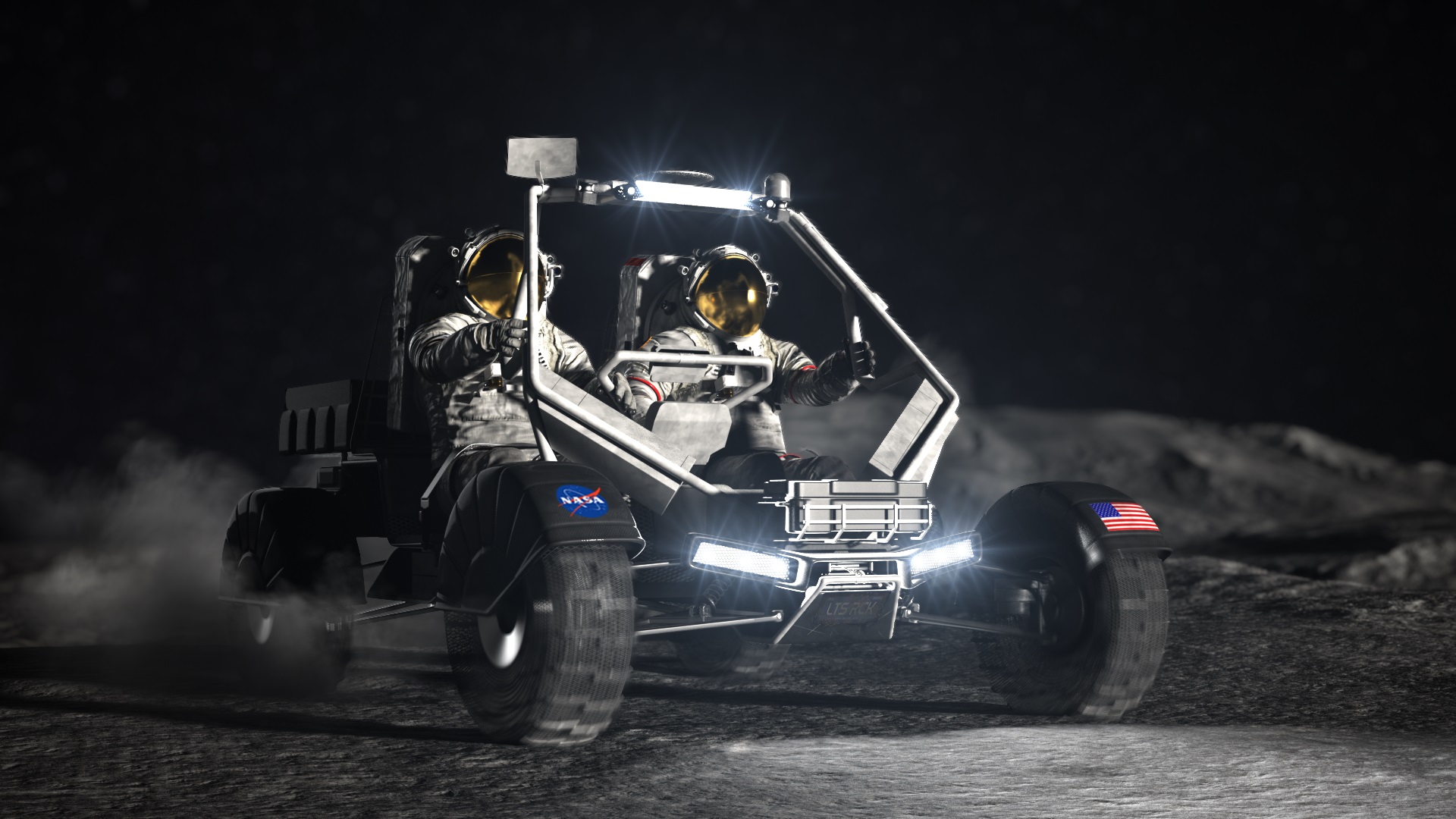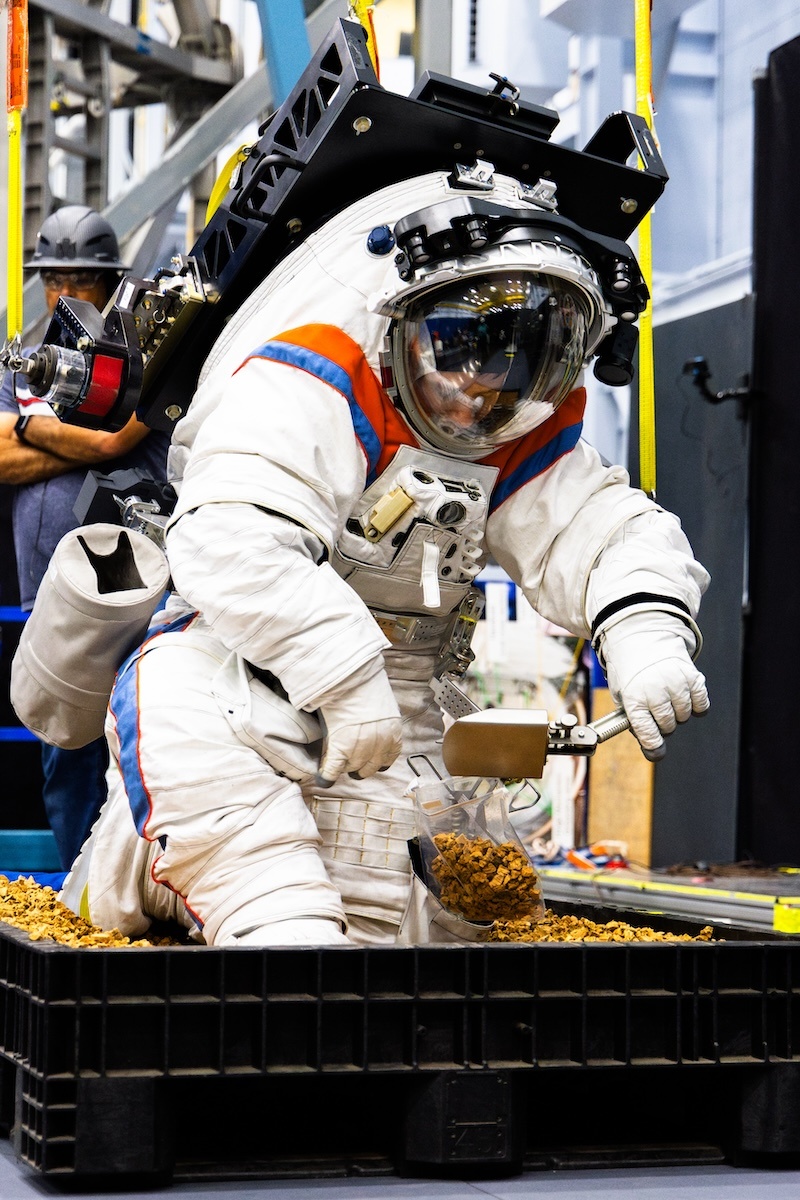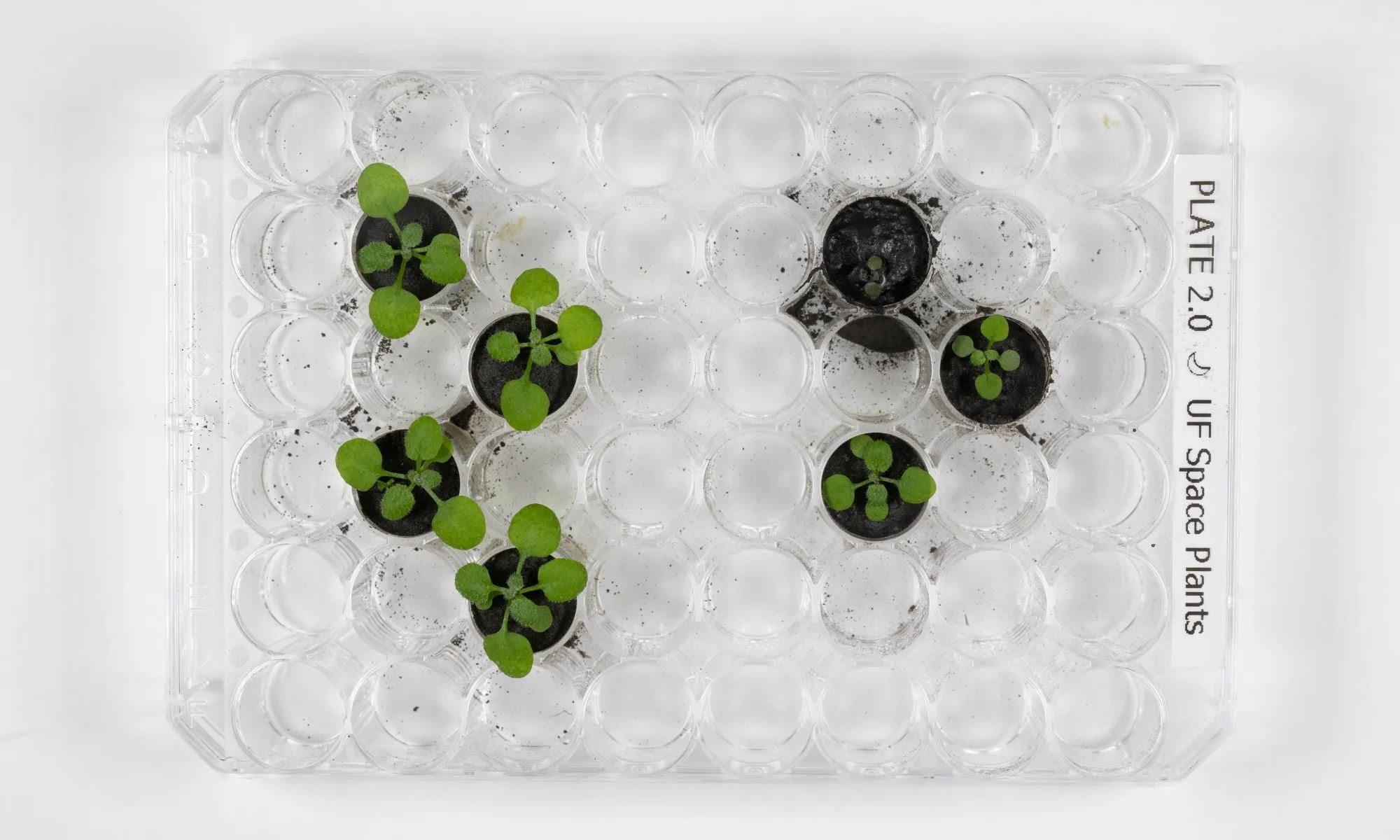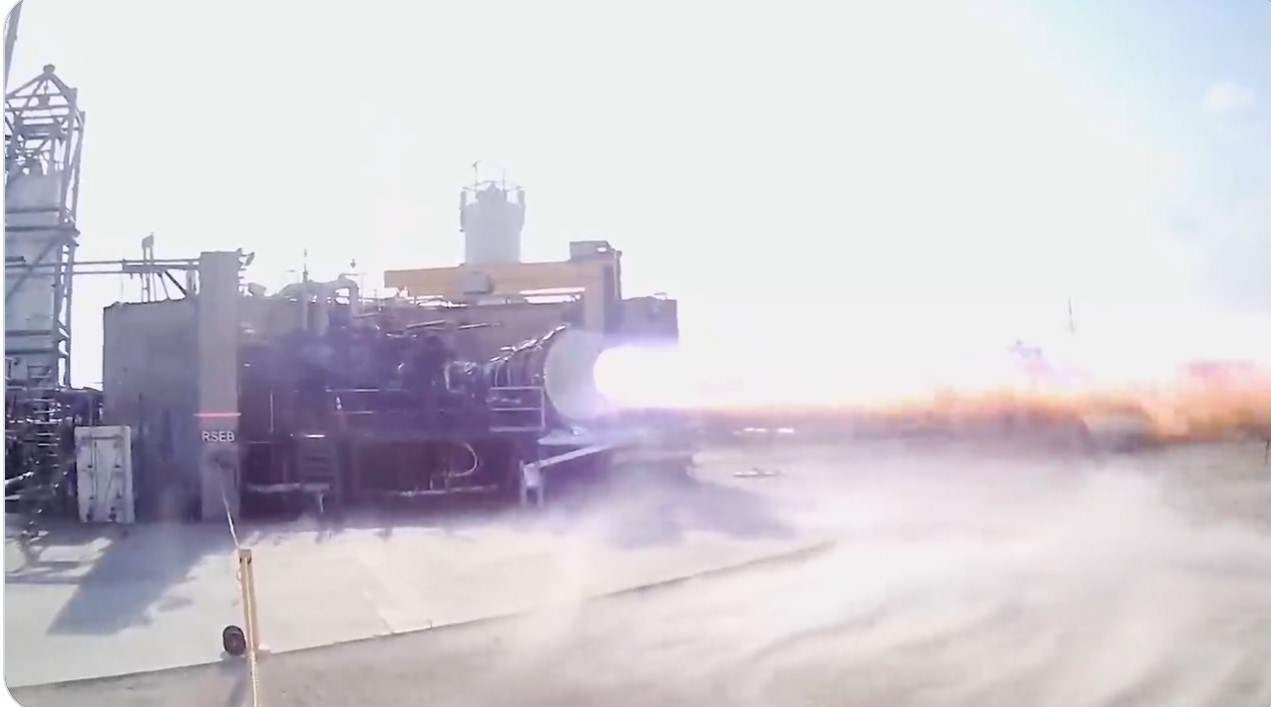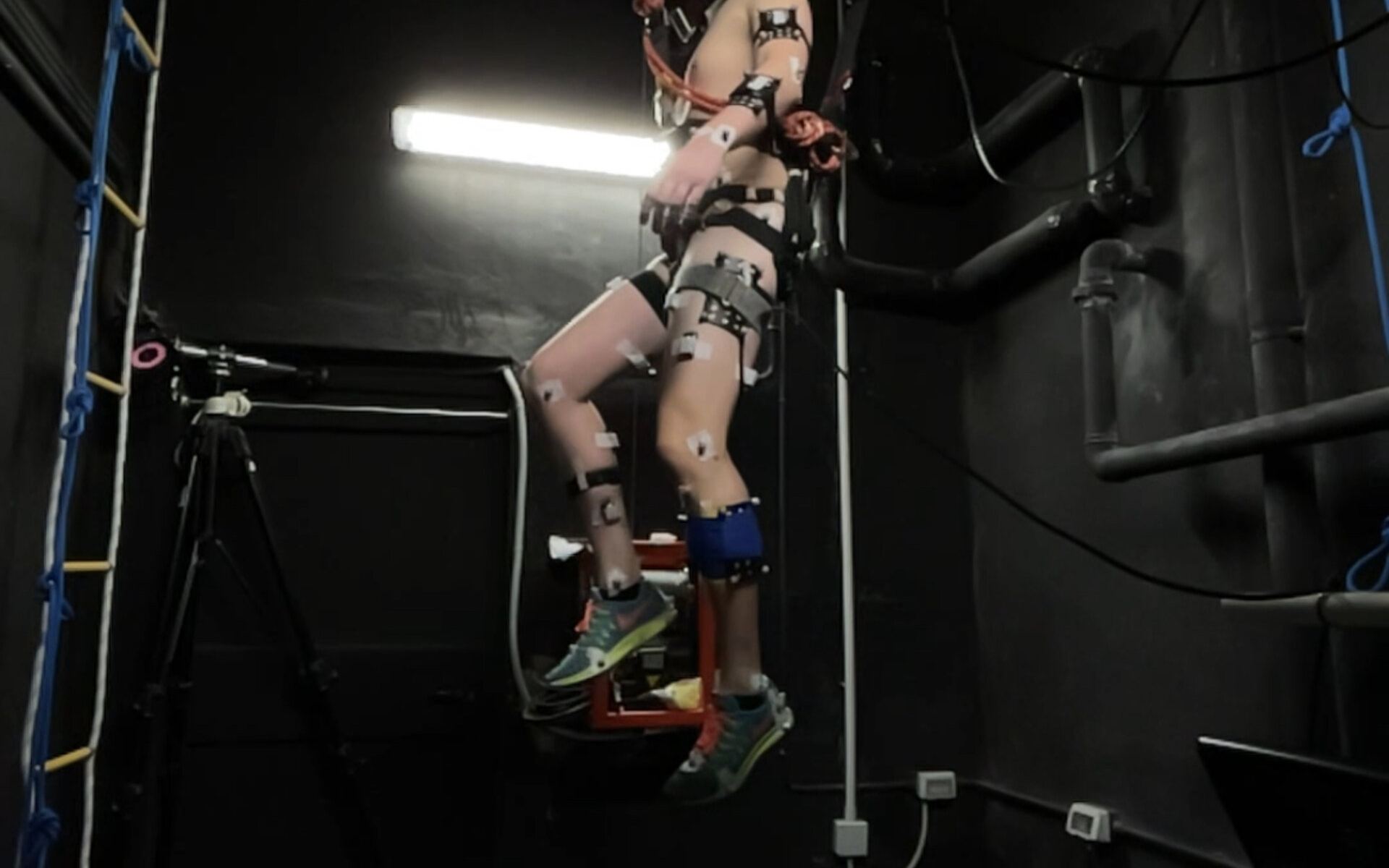Some of the biggest names in aerospace — and the automotive industry — will play roles in putting NASA astronauts in the driver’s seat for roving around on the moon.
The space agency today selected three teams to develop the capabilities for a lunar terrain vehicle, or LTV, which astronauts could use during Artemis missions to the moon starting with Artemis 5. That mission is currently scheduled for 2029, three years after the projected date for Artemis’ first crewed lunar landing.
The teams’ leading companies may not yet be household names outside the space community: Intuitive Machines, Lunar Outpost and Venturi Astrolab. But each of those ventures has more established companies as their teammates.
Continue reading “Start Your Engines: NASA Picks 3 Teams to Work on Lunar Terrain Vehicle”
